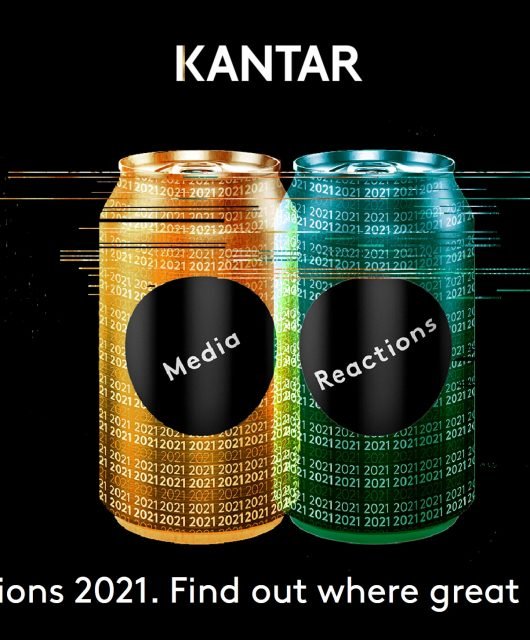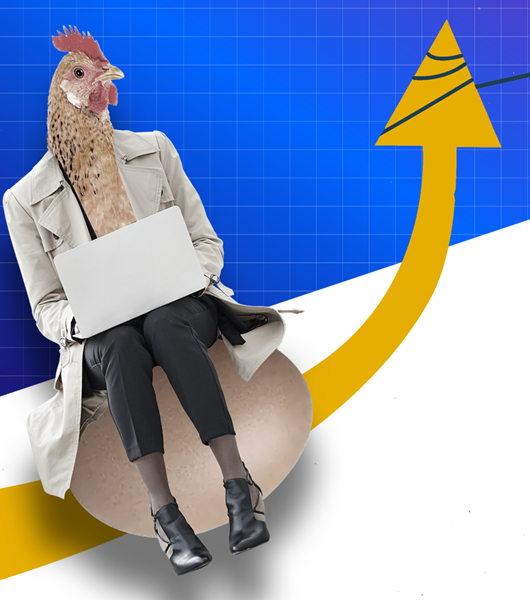Design For Life: Pearlfisher’s Design Themes For 2021
By: David Jenkinson, Partner, Design & Experience, Pearlfisher

“The days of daring, disruptive, human-centric swagger are over. Think different was a starting point. Now we must do different.” Source: an essay by Brian Collins and J.A. Ginsburg
Needless to say, we are living very different lives due to the shifts of the past year – we’re at home, we’re online, we’re staying local. And although, for some, this has been stifling and a barrier to progress, for many designers, this has driven us towards new types of creativity and the opportunity to do different things, as Collins and Ginsberg so rightly state. I have been both staggered and excited by some of the incredible creative problem-solving and design advances in the last year. And the onus is on us – the global design industry – to keep building on this creative momentum to create not just different – but better – lives.
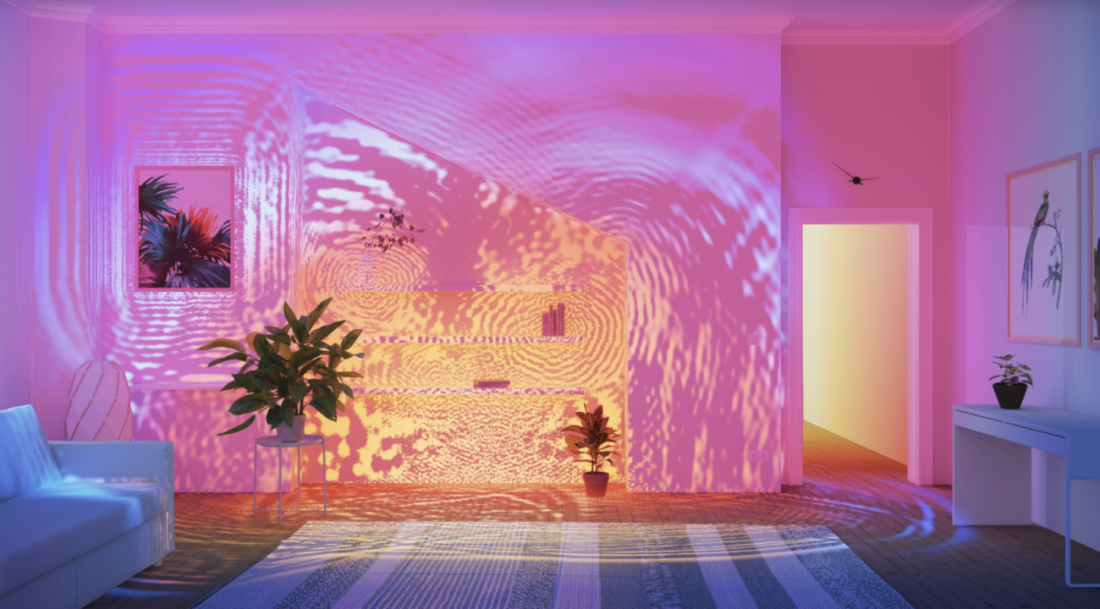
Here are Pearlfisher’s top design themes for 2021:
- Retro futurism
An over-riding need in people looking for both the comforting and the novel will see us taking inspiration from nostalgia, times of change and distinctive graphic styles of the past but reimagining them to open a new visual culture of retro futurism.
This shift will come to life in the form of virtually excessive or ironically surreal and trippy worlds with hypnotic colours and clashing patterns that, in some cases, will deliberately reject how advanced digital illustration has become. As part of their Everyday Experiments platform, IKEA’s Space10 explores the ways tomorrow’s technologies will redefine the way we live at home. Spatial Instruments is a technical prototype which invites you to create sounds using the layout or design of your room. Using fluorescent colours and visual illusions, they blur the line between real and virtual in order to allow you to experience your home with different senses.
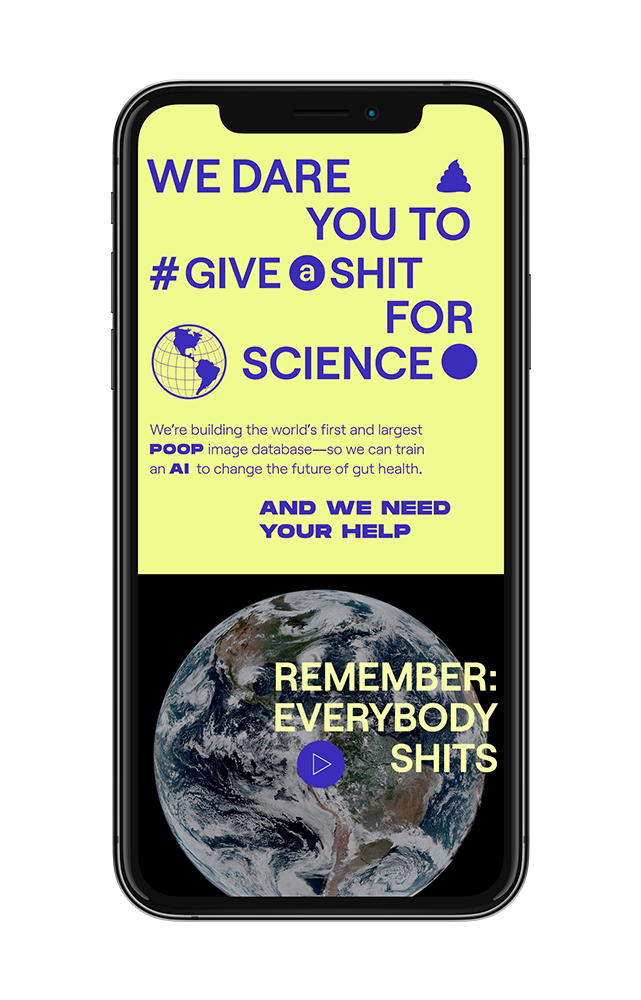
2. Practical action, unforgettable design
Graphic designers, and artists, are changing how design and public spaces – both online and offline – are being used to engage, educate and speak directly to their audience in an age where ‘speaking up’ is multifaceted.
Being brave and original by using clashing graphic styles, to show tension and unrest, and combining this with direct, assertive tones and straight-talking messaging will create a new and more imperative dialogue with people. Check out the app for the ‘Give a shit for science’ campaign. The name alone makes you sit up and take notice. This creation of provocatively literal and visual languages will inevitably produce a more visually impactful and informative culture that helps shape a more socially equal future.

3. Modernized cultures
Design is key to transforming outdated perceptions and caricaturized cultural stereotypes and designers have an exciting opportunity to reinvent the understanding and expression of their own heritage.
Bold, modern and colourful expressions are finally reflecting the energy, environments and individuals of the global cultures we are all actually living in. This is being led by new brands such as Fly By Jing, the first 100% all natural Sichuan chilli sauce, boasting a boldly geometric design and purposeful ‘not traditional but personal’ strapline. From visual styles that create a completely original narrative for places that we think we already know, to clashing colours and patterns that depict food or culture in an abstract or unusual – but no less enticing – way, brands can use design to burst from the screen or shelf to make us sit up and take notice.
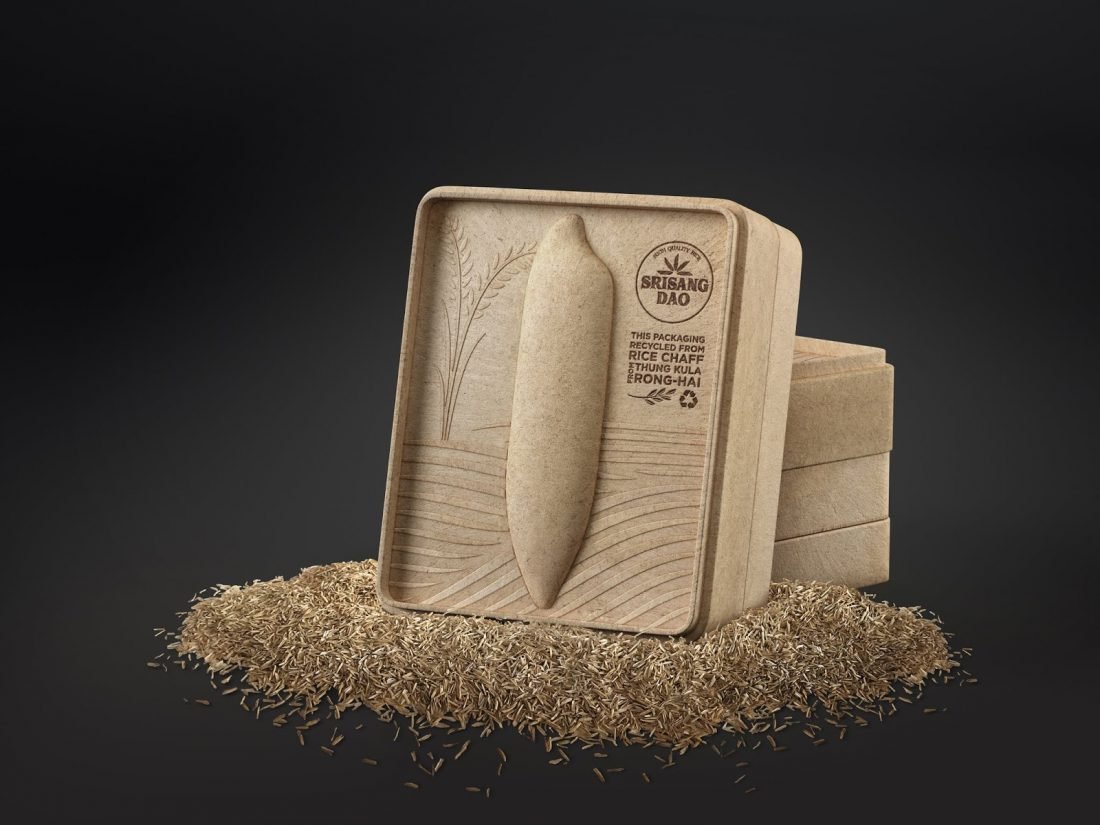
4. Simply sustainable minimalism
We need to give new defining features and more detailed expressions to create sustainable and minimal design, in a bid to remain quietly distinctive and move away from the mass of start-up blanding that’s become so commonplace.
It’s not just about sustainability but a thoughtful approach to reduction in every sense. Whether that’s elevating the simplicity, beauty and functionality of biodegradable packaging by relying on its textural qualities as the lead design cue. Srisangdao rice is a great example, using the chaff waste from the rice husking process to create the die-formed structure and rice-embossed shape of this holistically beautiful packaging. Or, thinking about how we create a super simple and uplifting aesthetic, that utilises line drawing in its most basic form, to draw out the characteristics of certain objects or rituals to build in drama or a new experiential status.
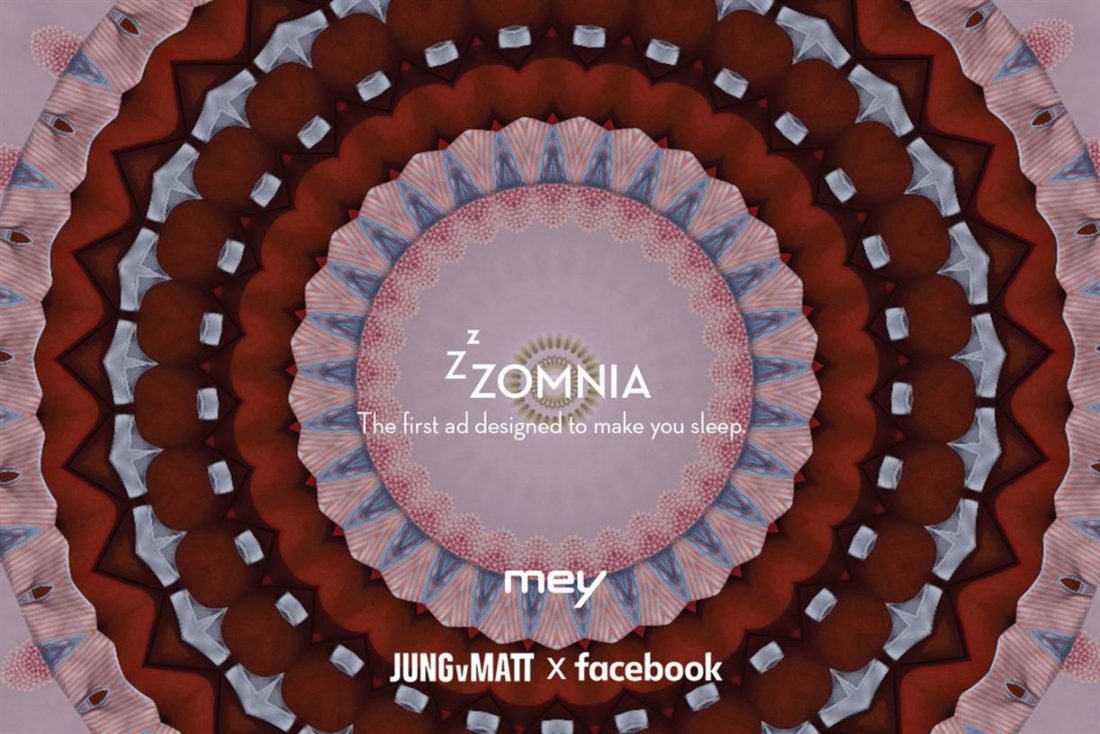
5. Designing for the lived experience
Brands need to start looking in a myriad of new directions – beyond the traditional tote bag and the billboard – to better design for our day-to-day lived experiences, showing up in unexpected places and considering how and when to surprise us.
Brands should be collaborating and creating new touchpoints that can be adapted with agility and imagination, and hacking their own spaces and products to broaden their reach and interactions. Sleepwear manufacturer, Mey, has created Zzzomnia, a Facebook playable ad designed to make you sleep, and using tech to counter its own effects. Above all, we should be inspired by the freedom to create a new genre of design based on the skill of machines, without being attached to what we think may be aesthetically right or wrong.
It’s a really exciting time to be part of the global design industry. The restrictions placed upon us have actually precipitated an exciting new design freedom and we should grasp this freedom, to not just copy and perpetuate trends, but design to the themes we think can make a difference to creating the kind of world we all want to live in and be a part of.
To find out more about Pearlfisher’s full report ‘Design for Life: Design Themes for 2021’, visit www.pearlfisher.com


